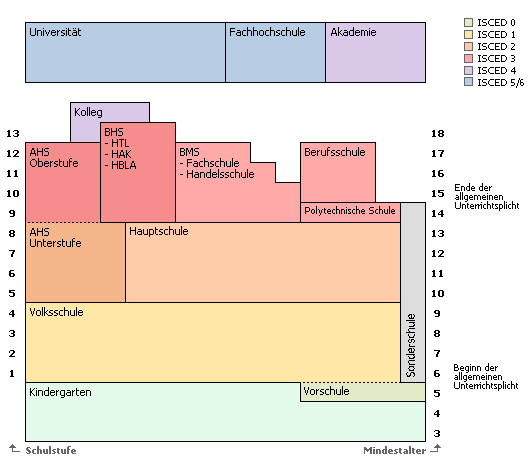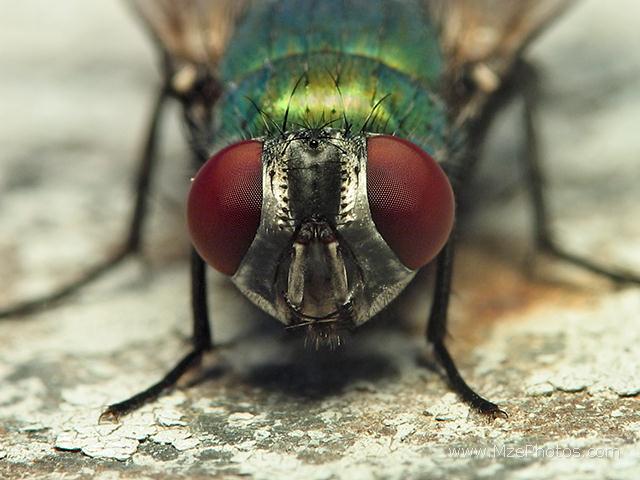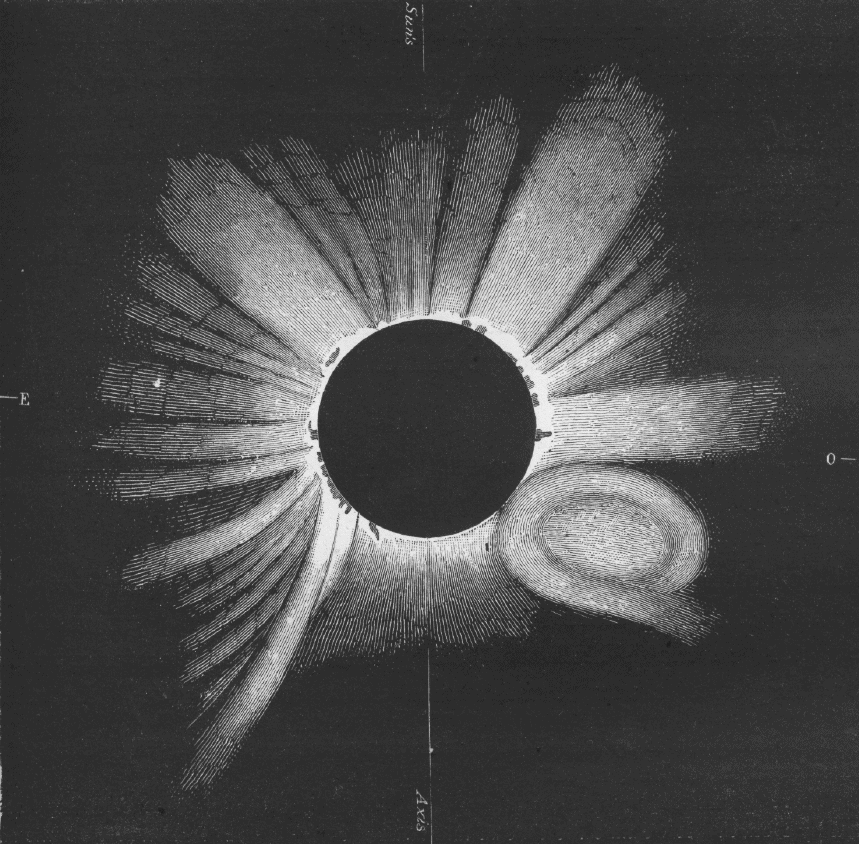Since graduating in June, I’ve spent all of my weekdays “working”, if you will, on campus at UChicago performing research on fish. I figured I’d spend some time writing about my days to take a break from some reading I should be doing. The broader goal of my lab work is to discover exactly how organisms sense their environment and what happens to their motor control upon loss of the sensory system.
Click to read on…
Schools play an inordinately large role in the life of a child—especially in the United States, where schools are usually the center and lifeblood of juvenile social life, providing clubs, sports, and other after-school activities. Speaking from my experience, the schools I attended were such a central pillar of my young life, that it seemed impossible for me that other children built their lives around similar, yet slightly differing systems. It wasn’t until I got to college that I learned that many American children don’t attend a “junior high school” for grades 7–8, but instead are in “middle school” from grade 5 until grade 8. Even now, knowing that my experience with the organization of the school system in my home town is not the same experience as every other American, I still find it difficult to imagine anything else.
Click to read on…
Why is it so hard to swat a fly? Maybe it’s just me, but my dealings with flies usually end in defeat. A fly can land and lift off from a surface seemingly in a split-second. They can twist and turn through the air with acrobatic finesse. To make matters worse, flies might as well have the ability to see the future since they zoom away, leaving me breathless and perplexed once I come back from a swat empty-handed. To abate my frustration, I searched for the secret to their sorcery. It lies within two small parts of their anatomy: halteres and ocelli.
Click to read on…
Because I just moved to Vienna, I want to share a personal anecdote about the experience with the Austrian Bureaucracy so far. Since May, I’ve been steadily working towards receiving what is essentially the Austrian version of the “Green Card,” and have had to complete the final steps in-person this last week.
Click to read on…
In the age of smart phones, affordable pocket-sized cameras, and Facebook, it can be of no doubt that the solar eclipse which will be seen all across North America this week will be the most well-documented one in history. You can be sure that your aunt will post a shaky, portrait-mode video of the moon eclipsing our view of the sun sometime soon, likely to be accompanied by a voice over amounting to so much as: “Woaaah! This is so COOL!”
Click to read on…
Between the years of 1971 and 1973, the first CME–coronal mass ejection–was visualized with the help of satellite imagery. Upon ejection, these eruptions at the surface of the sun send magnetically drenched clouds of solar material hurtling throughout our solar system at speeds of up to 1 million miles per hour. Visualizing a CME is not easy; the eruptions are very faint so a chronograph fixed to the OSO 7 satelitte was required to block out the sun with a small disk, leaving the wisping, curling trails of the sun’s corona exposed to observation. However…there is another, more fortuitous and affordable way to view a CME.
Click to read on…





